Supply Chain Report – 10/06/2025
Chris Zephro’s warehouse in Santa Cruz, California, is stacked high with latex masks, “Saw” movie props, and zombie-themed games, all part of a business built around horror and Halloween culture. But while the spooky items inside his Trick or Treat Studios warehouse attract attention, the real scare for Zephro has been the steep tariff costs that have reshaped his company’s operations this year.
Zephro said his business, which supplies more than 10,000 retailers worldwide with around 65 percent of sales in the United States, has paid close to $800,000 in tariffs so far this year. According to the Halloween and Costume Association, about 90 percent of Halloween products contain at least one part manufactured overseas, most often in China. This reliance on imported components has left companies like Zephro’s directly exposed to tariff hikes.
The financial strain has forced Zephro to lay off 15 employees, the first time in the company’s 15-year history that he has had to cut staff. He described it as one of the hardest days of his career, noting that he personally knew many of the workers and their families. “At the end of the day the business has to survive or it does not,” he said, adding that several other companies in the industry have already shut down under similar pressure.
President Donald Trump raised tariffs on many Chinese imports in April, at one point lifting duties from around 20 percent to as high as 145 percent before later reducing them to 30 percent in May. The sharp increase created major disruption for importers who halted production orders ahead of the Halloween season, calculating that the costs would be too high to bring products into the U.S.
As a result, retailers are preparing for tighter inventories and higher costs. The National Retail Federation projects that shoppers will spend a record $114.45 per person on Halloween this year, up from $103.50 last year.
The White House has defended the tariffs, stating that the policy is designed to protect U.S. industries and strengthen domestic production. Spokesman Kush Desai said in a statement that the tariffs were part of a broader strategy to boost American jobs and investment, arguing that the economic benefits outweigh short-term challenges.
Still, importers like Zephro insist the costs fall directly on businesses and consumers. “This is Economics 101,” he said. “Tariffs are paid by importers.”
Retailers are now navigating how much of the increased costs to pass along to customers. At Phantom Halloween in Northridge, California, store operator Ryan Goldman said he is trying to keep prices as stable as possible, particularly for children’s costumes. He expects adult costumes to increase by $5 to $10 each. “We are trying not to raise every price, because that is not fair to customers,” Goldman said.
For shoppers like Reyna Hernandez, who is buying pieces of a costume for her six-year-old son little by little to spread out the expense, higher prices are difficult to manage. “It is just ridiculous. A lot of people will not be able to afford costumes this year,” she said.
Some product categories have avoided significant price hikes. For example, latex masks made in Mexico are not subject to the tariffs, and makeup produced in Vietnam, India, or the U.K. remains unaffected. But many larger and more expensive items, like animatronic props, have been deemed too costly to import this season.
Zephro also canceled production of a new series of collectible action figures, explaining that the higher costs would have made them unsellable. Goldman similarly skipped ordering large display props that would have been priced far beyond what most customers were willing to pay.
Industry groups say smaller manufacturers have been hit hardest, lacking the scale to absorb costs or move production to other regions. The Halloween and Costume Association noted that reshoring production to the United States faces obstacles, including regulatory challenges, infrastructure costs, and limited access to raw materials.
Zephro believes that any long-term solution requires a broader conversation about why so much manufacturing left the U.S. in the first place. “If you want manufacturing to come back, you need to look at the reasons it moved overseas and address those,” he said.
Despite these challenges, both Zephro and Goldman said they are trying to maintain their businesses through the holiday season while minimizing the financial strain on customers. Goldman reflected on decades of running his family’s Halloween store, noting that he has seen economic downturns, natural disasters, and even the pandemic affect the business. This year, tariffs add another layer of uncertainty. “We just deal with the aftermath,” he said. “And the aftermath is not easy for families who are already stretched financially.”
#SupplyChainNews #TariffImpact #RetailTrends #GlobalTrade #NewsUpdate

















